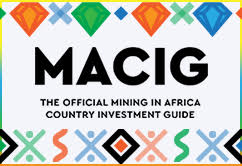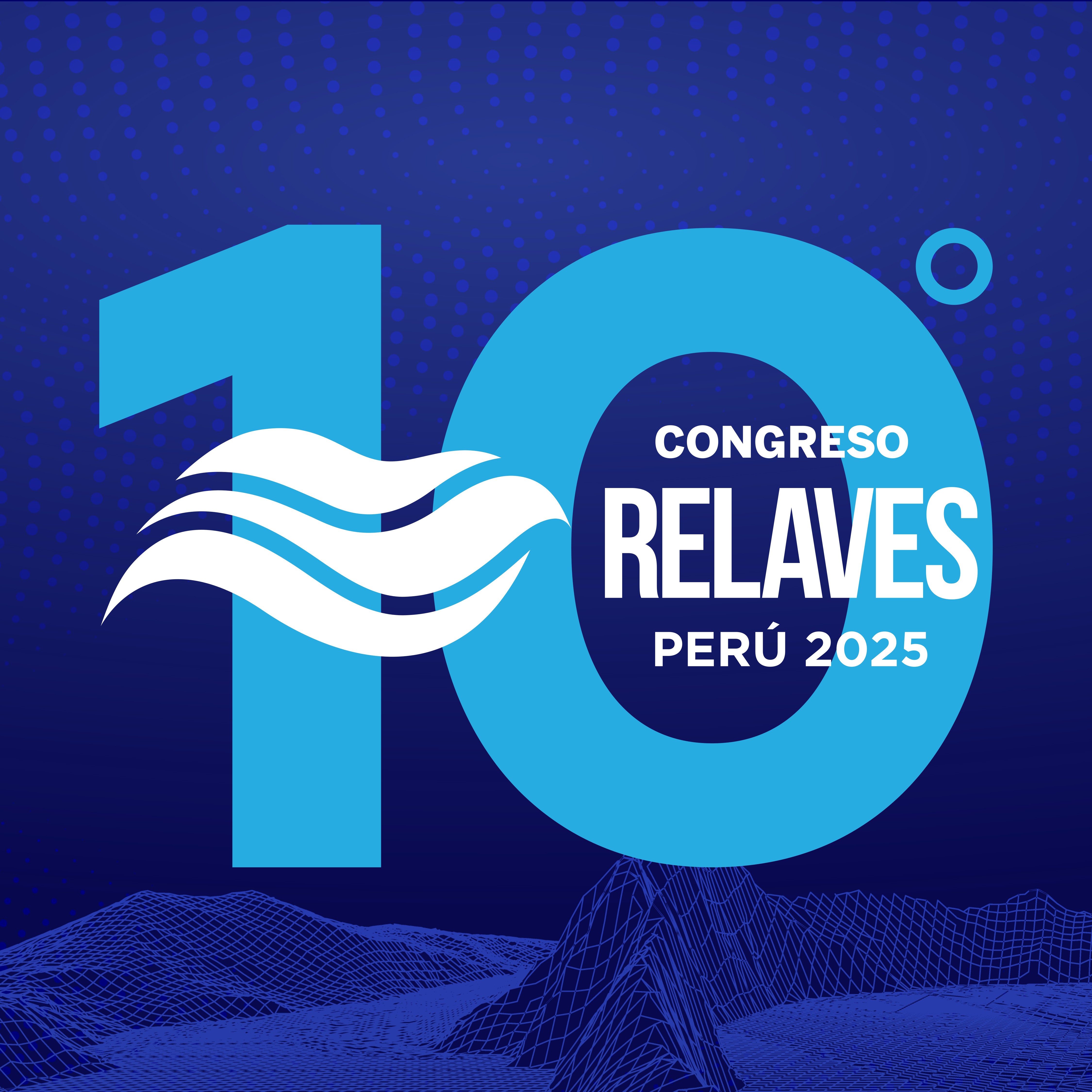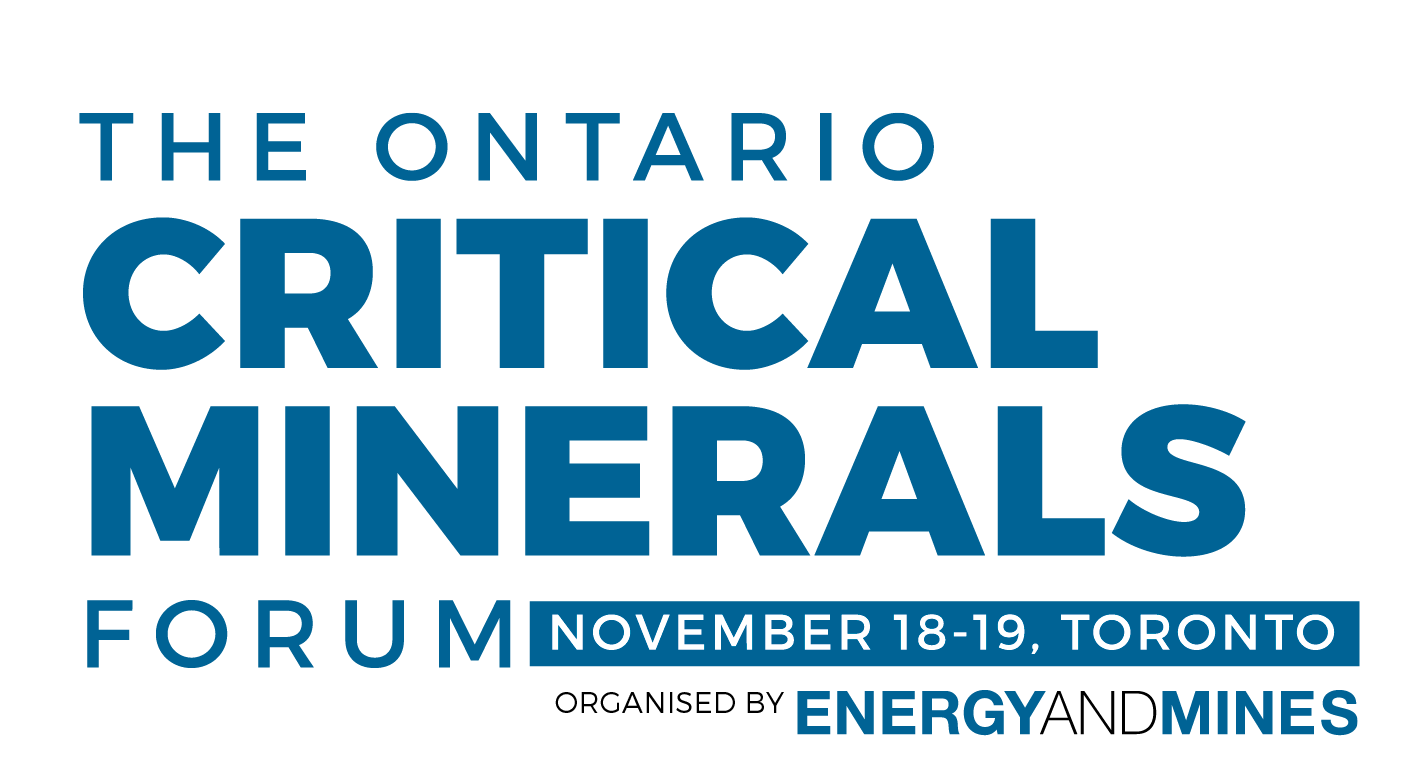SEARCH RESULTS FOR:
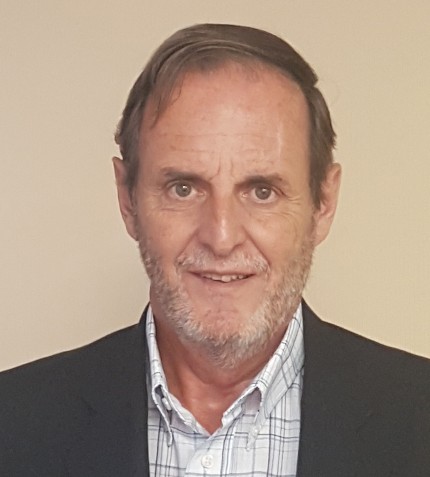
Jorge de Zavaleta
EXECUTIVE DIRECTOR, ARGENTINE CHAMBER OF THE CHEMICAL AND PETROCHEMICAL INDUSTRY (CIQYP)
Jorge de Zavaleta outlines the key themes impacting Argentina’s chemical sector.

Yrán Ludeña Santana
GENERAL MANAGER, MONTALI PERU
Peru Mining 2021 - Digital Interactive
Montali offers a wide range of underground services in Latin America, which include ground control, raise boring, shaft sinking, underground construction, infrastructure development, and underground rehabilitation.
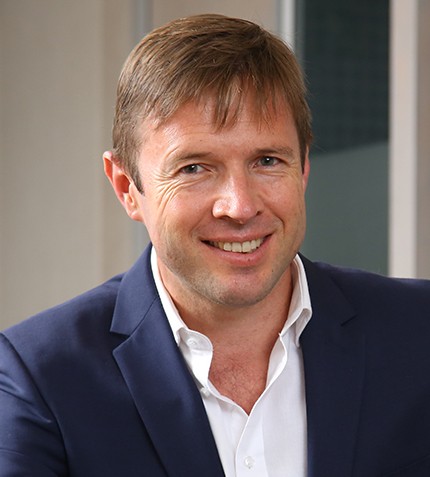
Andrew van Zyl
DIRECTOR AND PRINCIPAL CONSULTANT, SRK CONSULTING
SRK Consulting in Southern Africa explains its strategy to meet trends in the mining sector.
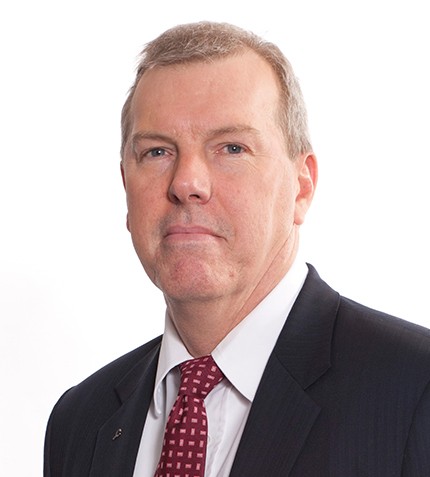
Brett Kimber
CEO, EAZI ACCESS
Eazi Access started in 2003 as an equipment rental business and has grown significantly to provide a complete service offering in both work-at-height and material-handling equipment across Southern Africa.

Bill Bryant & Mark Lim
MD APAC AND MEA, STOLT-NIELSEN & COMMERCIAL MANAGER, STOLTHAVEN TERMINALS
Singapore Chemicals 2021
Stolthaven Singapore serves manufacturers on Jurong Island via pipeline connections, and as a redistribution hub for distributors and traders who have customers in the wider Asia region.
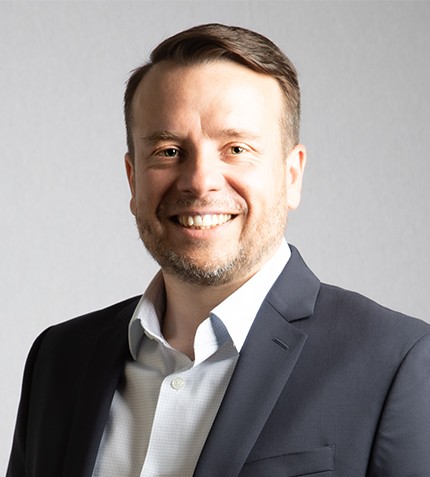
Christian Busch
CEO, AIR INUIT
Air Inuit is a regional carrier owned by the people of Nunavik in northern Québec, Canada.
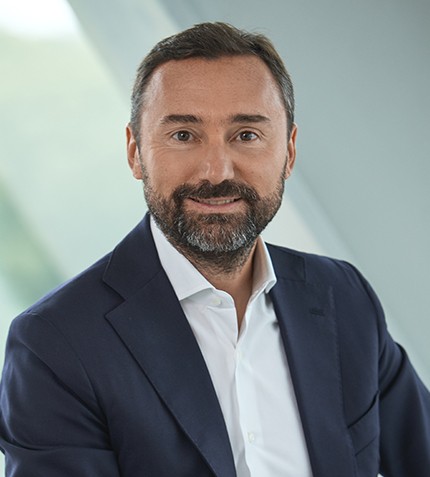
Federico Chinni
MANAGING DIRECTOR, UCB ITALY
UCB Italy explains the specifications of the Italian health and pharma sector.
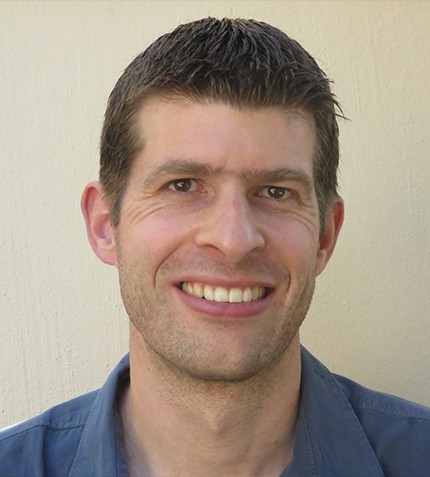
John Manuell
LOCAL DIVISION MANAGER, ABB
ABB South Africa is responsible for implementing electrical, automation and digital solutions for mining and minerals processing customers within the Southern African region.
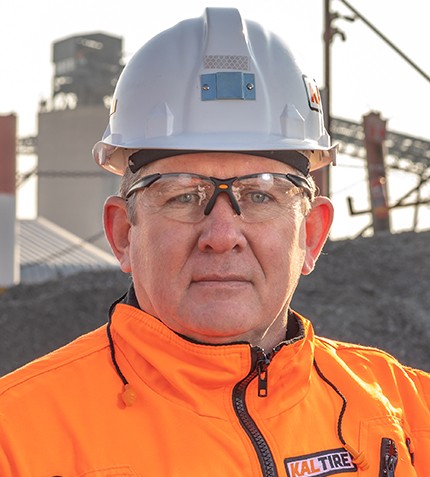
John Martin
VICE PRESIDENT OF SOUTHERN AFRICA, KAL TIRE
Kal Tire explains its services for the mining industry in Southern Africa.
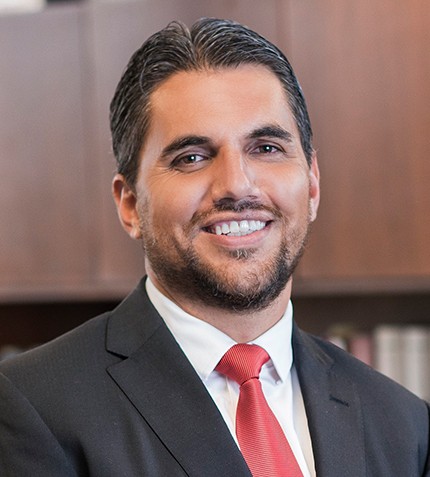
Luis Palenque
PRESIDENT AND MANAGING DIRECTOR – ANDEAN REGION, 3M
Peru Mining 2021 - Digital Interactive
GBR speaks to 3M in Peru about its trade with the mining industry.




